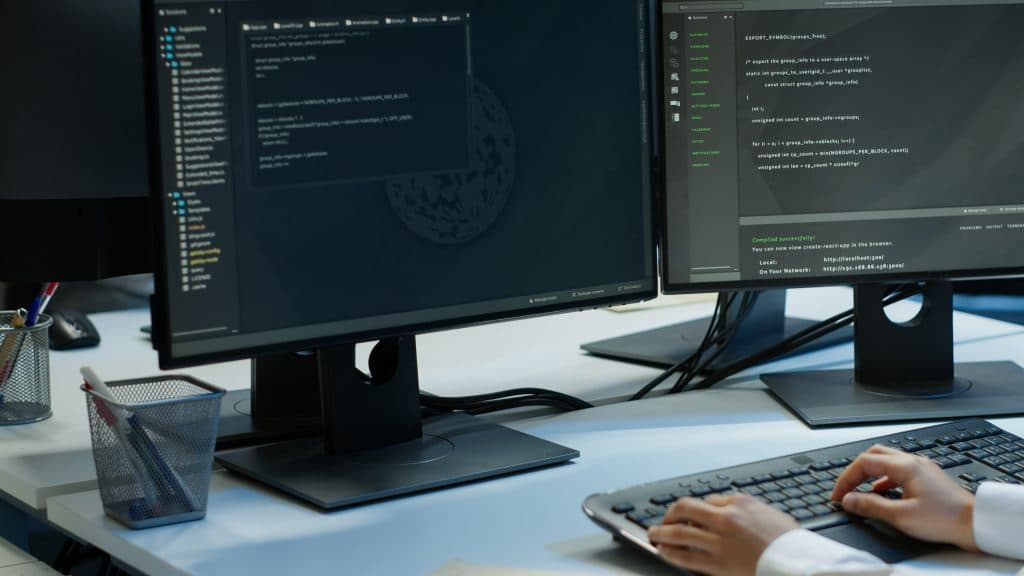Why Aging Tech Puts Everyone at Risk
Aging infrastructure risk leaves networks exposed. Learn how to secure legacy systems and prevent threats.
Aging infrastructure risk is becoming a pressing concern for organizations of all kinds. Many companies still run decades-old routers, switches, and storage devices because replacing them feels expensive and inconvenient. At first glance, letting these systems keep running seems harmless, tucked away in a closet or data center. But the reality is far more serious. Legacy equipment often has outdated configurations and no longer receives vendor support. That leaves networks exposed. Cyberattacks are also growing smarter. AI-assisted tools make it easier for attackers to find and exploit these weaknesses.
Cisco has launched an initiative to address this risk. Called “Resilient Infrastructure,” the program combines research, outreach, and updates to Cisco’s own legacy products. The company now provides warnings when devices approach end-of-life. In the future, it will remove old settings that are no longer safe. The message is clear: outdated systems are not neutral. Leaving them in place creates hidden vulnerabilities that adversaries can exploit.
Anthony Grieco, Cisco’s Chief Security and Trust Officer, says that organizations often underestimate this risk. “Many of these systems were not built for today’s threat environment,” he explains. “Ignoring them only increases opportunities for attackers.” A study commissioned by Cisco and conducted by British advisory firm WPI Strategy examined critical infrastructure in the United States, the United Kingdom, Germany, France, and Japan. The research found that legacy technology remains widespread, particularly in the UK and the US. Attackers often exploit known vulnerabilities that could be avoided through simple patches or upgrades.
The impact on daily operations can be significant. Aging infrastructure risk is more than a technical problem; it also carries financial and operational costs. Breaches can disrupt services, delay projects, and damage customer trust. Eric Wenger, Cisco’s senior director for technology policy, notes that the cost of maintaining old systems is often invisible. “The status quo is not free,” he says. “Organizations need to elevate these risks to board-level discussions and treat updates as strategic investments.”
Awareness is part of the challenge. Many organizations simply do not realize how vulnerable their older equipment has become. Japan, for example, faces lower relative risk thanks to consistent upgrades and a national focus on digital resilience. Yet even there, aging systems remain. The takeaway is clear: any organization that relies on networked technology must account for aging infrastructure risk, regardless of size or industry.
AI is making the stakes even higher. Generative AI platforms help attackers scan networks, identify vulnerabilities, and design targeted malware faster than ever. For less skilled attackers, these tools act as a force multiplier. For skilled hackers, AI cuts out many labor-intensive steps, allowing them to focus on high-value targets. This means that aging infrastructure risk can quickly turn into costly breaches.
Organizations are taking various approaches. Some audit their networks to find end-of-life devices. Others invest in modern equipment or software-defined solutions that are easier to update. Cloud adoption helps in some cases, though legacy systems often remain critical for internal operations or regulatory reasons. Grieco emphasizes that awareness alone is not enough. Organizations need active management strategies. “It’s time to make the silent risk loud,” he says. “Ignoring it will only compound the problem.”
The effects on employees are tangible too. Outdated systems slow workflows and increase frustration. Teams spend more time troubleshooting legacy devices than innovating. For IT professionals, maintaining unsupported systems adds stress and limits capacity for strategic projects. Addressing aging infrastructure risk improves both security and workplace efficiency.
The steps are straightforward. Inventory every system, identify end-of-life equipment, and plan upgrades proactively. Adopt security frameworks that continuously assess vulnerabilities. Invest based on risk exposure, not convenience. Cisco’s initiative shows that even large companies need to take aging infrastructure seriously. Smaller organizations cannot afford to ignore it.
Ultimately, secure networks rely on addressing the vulnerabilities inherited from old technology. Aging infrastructure risk is not hypothetical—it is present in countless closets, server rooms, and data centers. By addressing it directly, organizations reduce the likelihood of breaches, protect their data, and help employees work more effectively. Ignoring it might seem easier now, but the long-term costs are high, and attackers are ready.
Related Articles

Nov 18, 2025
Read more
The Future of Gaming: How AI and Technology Are Changing Play
Explore the future of gaming, from AI-driven worlds to VR and cloud tech, and see how players and developers will thrive in the next decade.

Nov 11, 2025
Read more
Navigating the AI Boom How Developers Can Thrive Amid the Hype
The AI boom is reshaping tech. Discover how developers can seize opportunities and stay ahead of the hype.

Nov 04, 2025
Read more
Meta’s Llama 4 and the Rise of Open Source AI
Open source AI is transforming technology by making innovation faster, cheaper, and more accessible worldwide.

Oct 28, 2025
Read more
How AI Is Quietly Rewiring the Human Brain
AI and the human brain may be changing. Studies show frequent AI use can reshape how people think and remember.

Oct 21, 2025
Read more
Edge Computing Explained: Bringing the Cloud Closer to You
Edge computing explained: discover how processing data closer to the source improves speed, reliability, and real-time performance.

Oct 14, 2025
Read more
The Rise of Rust: Why Developers Are Switching to a Safer Language
Explore the rise of Rust programming language and why developers are embracing it for safer, faster, and more reliable software development.
